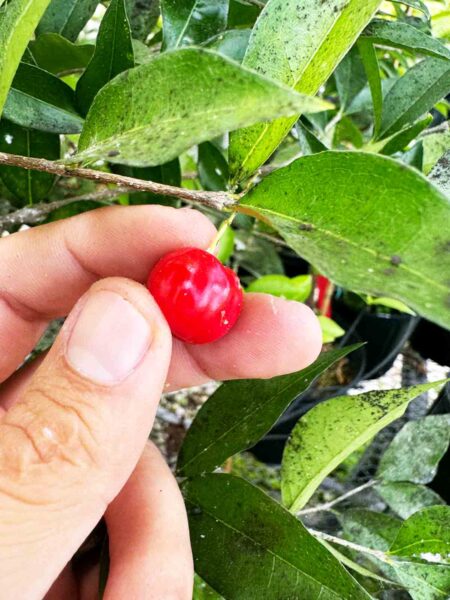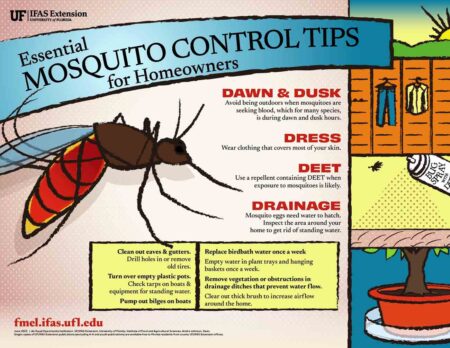NICEVILLE, FLA — Injury to trees during construction of a home is difficult or impossible to correct after the fact. It can take months to years for impacted trees to succumb to damage that occurs during the construction process.
NICEVILLE, FLA — Injury to trees during construction of a home is difficult or impossible to correct after the fact. It can take months to years for impacted trees to succumb to damage that occurs during the construction process.
The following is advice on how to avoid/prevent tree damage that too often happens during the construction of a home.
The most important step to take is to hire a professional arborist to assess a construction situation early in the process. An arborist can work with you and your builder to determine which trees can be saved and how to protect these trees during each phase of construction.
Trees can be damaged in a variety of ways during the construction process. Construction equipment can injure trees by breaking branches or tearing bark and wounding the trunk. The digging and trenching necessary to construct a house can cause root damage. Severing of a major root can cause a loss of five to twenty percent of a tree’s root system. When significant digging and trenching occurs, there is an increased chance of a tree falling over during wind storms.
The majority of a tree’s root system that takes up water and minerals is located in the upper twelve to eighteen inches of soil. Piling soil over these roots will smother them. And the heavy equipment used in construction compacts the soil, which can severely reduce oxygen levels essential to the growth and function of these roots.
The ability to repair construction damage to trees is limited. The single most important action homeowners can take is to set up construction fences around all trees they want to protect.
These fences should be placed as far away from the trees as possible, in order to protect the root systems. As a general guideline, allow one foot of space from the trunk for each inch of trunk diameter.
Instruct construction personnel to keep the fenced area clear of building materials, waste and excess soil. No trenching or other soil disturbances should be allowed in the fenced areas.
Most likely your trees will require several years to adjust to the shock and environmental changes induced during construction. Post-construction trees are more prone to health problems such as disease and insect infestation. By talking with an arborist, you can create a plan for continued maintenance during this critical time.
Hiring a certified arborist can be a worthwhile investment. To find a certified arborist in your area, contact the International Society of Arboriculture (ISA) at 888-472-8733 or at www.isa-arbor.com. You also may contact the Florida ISA Chapter at 941-342-0153 or at www.floridaisa.org.
Larry Williams is the Extension horticulture agent with the Okaloosa County Cooperative Extension Service, University of Florida. Contact Larry at 689-5850 or email lwilliams@myokaloosa.com.






